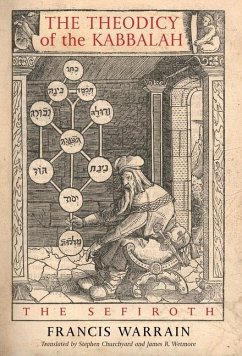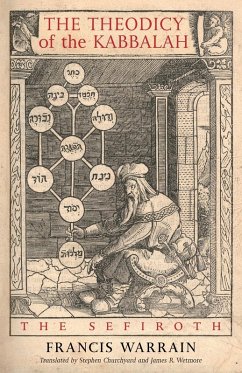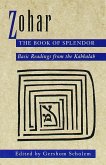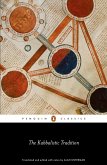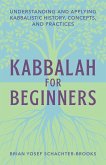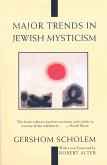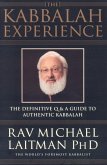Francis Warrain devoted his intellectual life to defending and making accessible the very specific approaches on the part of the mind that render it possible correctly to resolve the antinomy between the Absolute and the Relative. In the wake of the Pythagoreans and the Kabbalists (drawing on numbers and geometry, and finding support in the thought of Kepler, Wronski, and others), he concluded that the Absolute is united with the Relative by human nature, making Himself a creature (the God-man), while the Relative assimilates the Absolute through the seeds of absoluteness that God sows within it (the purely human children of God). The result of their mediation must then be to unite in a single body the God-made-man and the human beings called to share in divine life. This metaphysical anthropomorphism (the central idea that underpins the entire Kabbalah) was formulated among the commentators of the Zohar by the notion of Adam Kadmon, and is clearly nothing other than the metaphysical explanation of the dogma of the Incarnation of the Word in the Person of Christ or the Messiah. On the one hand, Christianity presents the Incarnation of the second Person of the Holy Trinity as an historical fact accomplished in the form of an individual of our human and earthly species in the Person of Jesus Christ; on the other, the concept of Adam Kadmon (without specifying when and in what special form the Incarnation of the Word takes place) considers God-made-man to be implied by Creation itself. It seems, then, that far from contradicting each other, these two points of view complete each other-i.e., the advent of Our Lord Jesus Christ would be the special application, appropriate to our human species, of a hominal principle emanated by the Word from the Beginning. Moreover, if (as far as the past is concerned) the Christian dogma of the Incarnation and the doctrine of Adam Kadmon can be isolated from each other, it seems that, for the future, they are closely linked, because just as the King of the Kabbalah has the Community of Israel as his bride, so Christ has the Church as his bride-and all the faithful, St Paul tells us, are members of a mystical Body of which Christ is the head.
Hinweis: Dieser Artikel kann nur an eine deutsche Lieferadresse ausgeliefert werden.
Hinweis: Dieser Artikel kann nur an eine deutsche Lieferadresse ausgeliefert werden.

